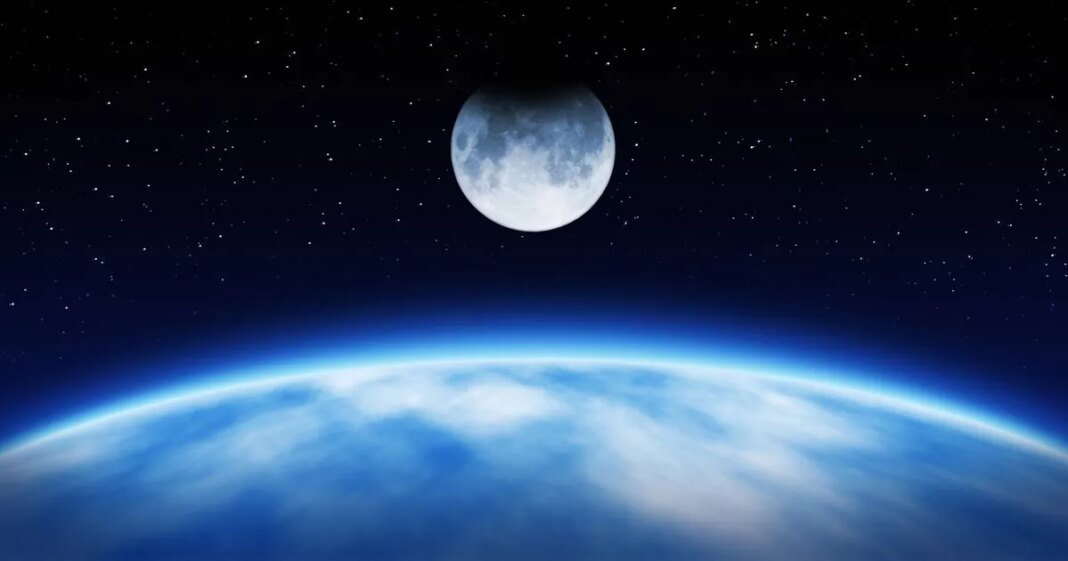NASA has revealed its intention to send astronauts on a mission around the Moon, with the rocket designed for this purpose nearly prepared for launch. This mission would mark the first crewed lunar expedition by any country in half a century and could pave the way for future human missions to Mars.
The upcoming mission, named Artemis II, is scheduled to send a team of four astronauts on a ten-day journey around the Moon next year. This mission aims to serve as a precursor to manned lunar surface expeditions and eventual voyages to Mars. Originally targeted for an April launch, NASA now aims to advance the mission to February, with a potential Moon landing as early as 2027.
Artemis II will involve testing the spacecraft and systems necessary for future Moon landings. It represents the second launch under the Artemis program, which not only aims to land astronauts on the Moon but also establish a sustained human presence there.
Lakiesha Hawkins, an acting deputy associate administrator at NASA, emphasized the significance of the mission in advancing human space exploration. During a recent news conference, she expressed, “We together have a front row seat to history,” underscoring the importance of safety as the top priority for the mission.
Artemis Launch Director Charlie Blackwell-Thompson confirmed that the Space Launch System (SLS), the rocket designated to transport astronauts, is almost ready for deployment. The final preparations involve the completion of the crew capsule, Orion, its integration with the SLS, and the conclusion of ground tests.
The previous Artemis mission in November 2022, lasting 25 days, successfully orbited an unmanned spacecraft around the Moon before re-entering Earth’s atmosphere. Although encountering heatshield issues during re-entry, these challenges have since been rectified.
The crew for Artemis II, comprising NASA astronauts Reid Wiseman, Victor Glover, Christina Koch, and Jeremy Hansen of the Canadian Space Agency, will not make a lunar landing. However, they will make history by becoming the first crew to journey beyond low Earth orbit since Apollo 17 in 1972. Lead flight director Jeff Radigan mentioned that the crew will venture over 5,000 nautical miles past the Moon, surpassing previous human space travel distances.
During the mission, the crew will reside in the Orion capsule atop the Space Launch System (SLS) rocket. Following launch, the boosters and rocket stages will detach, and Orion will unfold its solar panels for power. The astronauts will conduct system checks and practice spacecraft maneuvers in space to prepare for future Moon landings. The spacecraft will then engage its engines to set course for the Moon, with an estimated four-day journey while continuing system evaluations.

